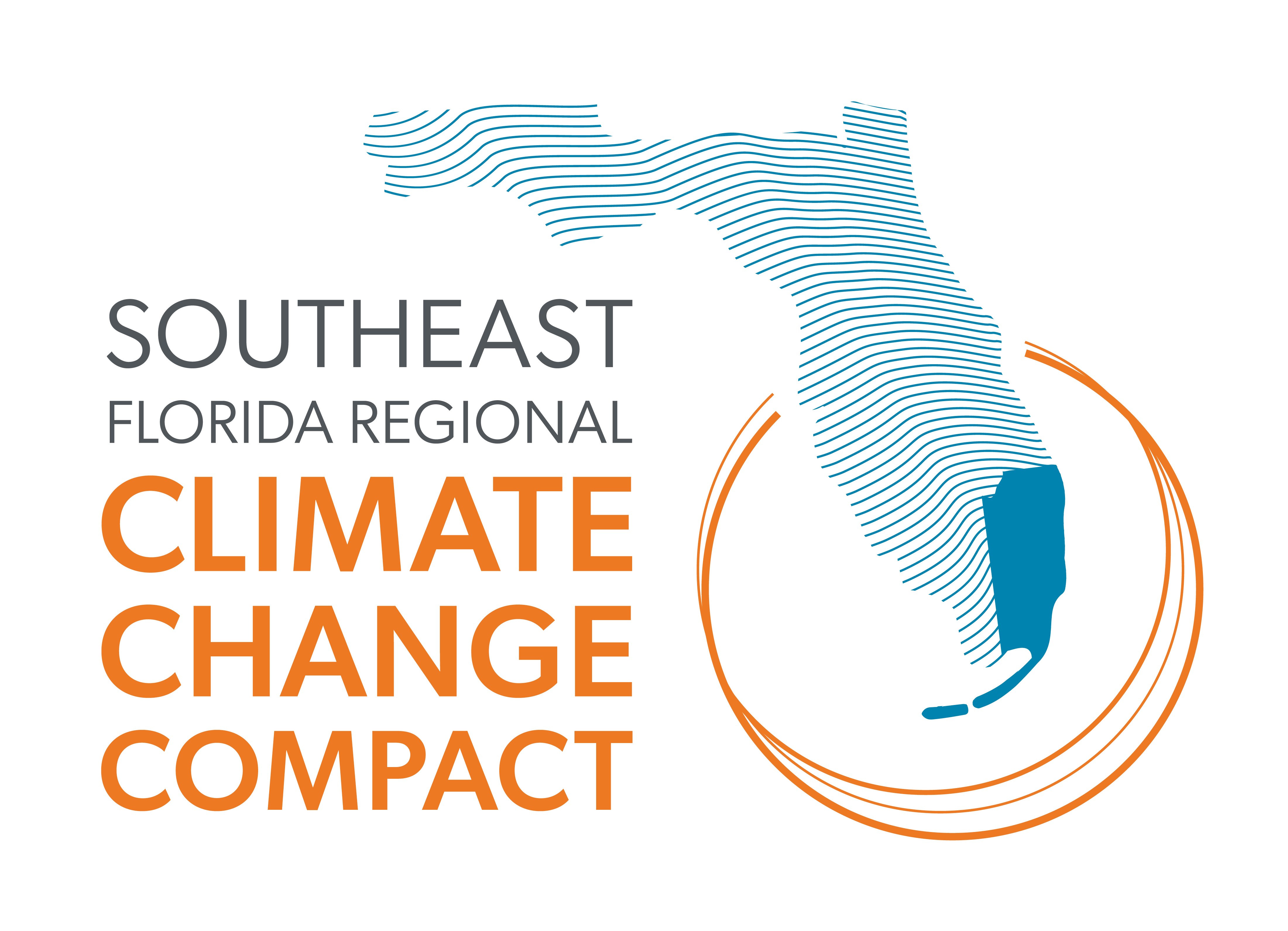Preserve and enhance the resilience of threatened historic and archaeological resources through the implementation of best practices to identify, evaluate and prioritize such sites.
STRATEGIES
ST-10.1 Identify and map historic and archaeological resources at risk from climate change and continue to update these maps as more data become available and scientific projections are refined. Include the maps in local government comprehensive plans and/or regional planning documents to guide municipal and county government climate adaptation planning efforts.
IMPLEMENTERS: local governments, regional planning councils
ST-10.2 Establish a ranking of at-risk regional, historic and archaeological resources based on a matrix of vulnerability, historical significance, scientific and economic value, and other criteria as determined by the appropriate historic preservation entities. Prioritize adaptive preservation and mitigation strategies to increase the resilience of resources against flooding and natural disasters.
IMPLEMENTERS: local governments, historic preservation entities, arts and cultural organizations
ST-10.3 Develop adaptive sustainable preservation strategies, including existing best-practice models available from national and state preservation authorities that are flexible and regularly evaluated and updated, including in-situ and mitigation alternatives.
IMPLEMENTERS: local governments, historic preservation entities, arts and cultural organizations
ST-10.4 Utilize available national and state emergency management funding to facilitate the implementation of recommended best practices. Establish local and regional incentives for the pre-disaster hardening of threatened resources.
IMPLEMENTERS: local governments, regional planning councils
